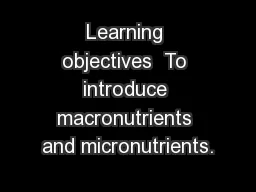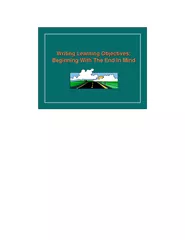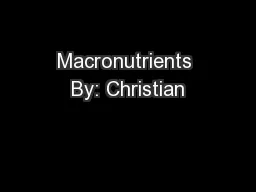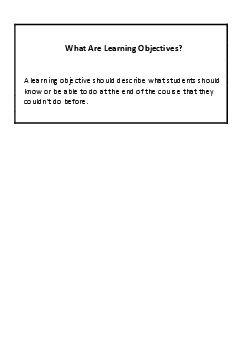PPT-Learning objectives To introduce macronutrients and micronutrients.
Author : briana-ranney | Published Date : 2018-10-25
To explain the functions and sources of carbohydrate protein and fat To explain the functions and sources of different vitamins and minerals Nutrition Structure
Presentation Embed Code
Download Presentation
Download Presentation The PPT/PDF document "Learning objectives To introduce macron..." is the property of its rightful owner. Permission is granted to download and print the materials on this website for personal, non-commercial use only, and to display it on your personal computer provided you do not modify the materials and that you retain all copyright notices contained in the materials. By downloading content from our website, you accept the terms of this agreement.
Learning objectives To introduce macronutrients and micronutrients.: Transcript
Download Rules Of Document
"Learning objectives To introduce macronutrients and micronutrients."The content belongs to its owner. You may download and print it for personal use, without modification, and keep all copyright notices. By downloading, you agree to these terms.
Related Documents














